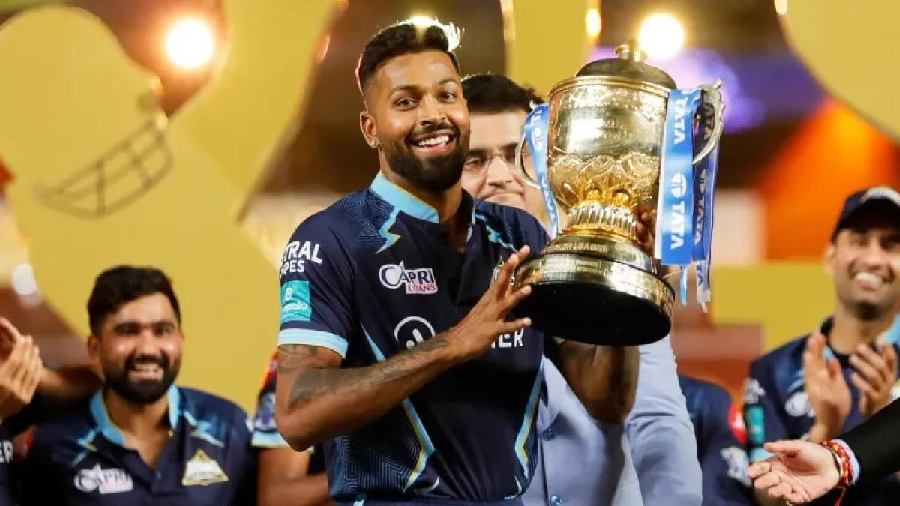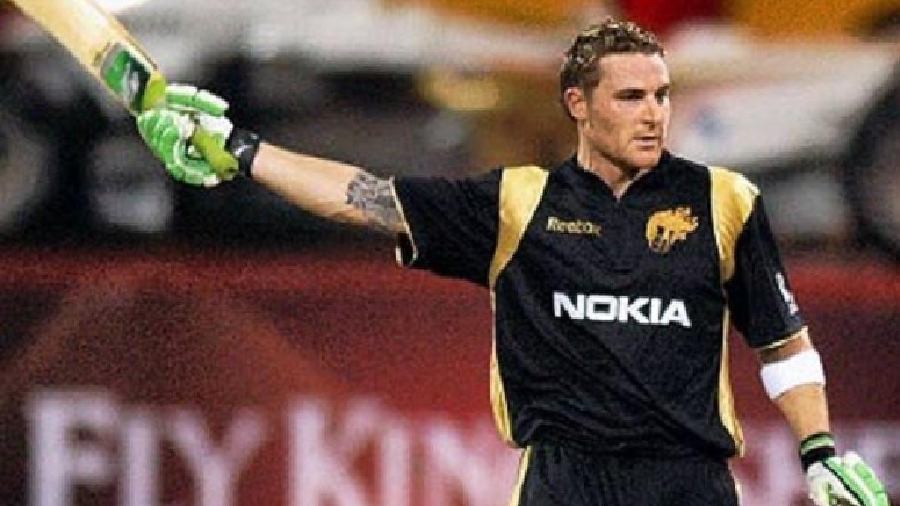To one of the most controversial men in cricket administration lies the enduring legacy of conceptualising and implementing the Indian Premier League (IPL), considered the most lucrative of its kind in the world.
The idea of selling cricket as an entertainment package with private ownership and city-based franchises struck Lalit Modi once the business magnate understood its enormity, inspired by established models like the National Basketball Association (NBA), Major League Baseball and Formula 1.

Lalit Modi in 2009
His vision took shape in 2008 when the T20 format had just begun to gain popularity. Modi even wanted to remove the IPL from the BCCI’s hold and put it in the hands of a separate company, run by professionals. The idea, however, didn’t gain ground since the BCCI didn’t want to divest power.
The BCCI realised the magnitude of what was in store. The bidding game began and cricket changed forever, perhaps irreversibly. The IPL involved unprecedented pay packets for a cricketer and removed all animosity. None could have better exemplified it than Andrew Symonds and Harbhajan Singh, who featured for Mumbai Indians in 2011 barely three years after an acrimonious tour Down Under.
Brendon McCullum, then of Kolkata Knight Riders, produced an innings that changed the cricket landscape forever on the competition’s opening night. The league needed a world-class on-field spectacle and the New Zealand opener produced a breathtaking 158 not out off 73 balls against Royal Challengers Bangalore at the Chinnaswamy Stadium, an innings that provided a peek into the future of the sport.
Its significance was felt across generations and confirmed that the IPL was not merely a showbiz concept. The BCCI too has emerged as an economic powerhouse resulting in its dominant presence in the International Cricket Council.
So much so that their demand for a separate window for the IPL in the Future Tours Programme has been adhered to by the world body, much to the chagrin of the other Boards.
The cricketing topography also changed drastically. Rookies and youngsters gained instant stardom while also earning national caps. The opportunity to rub shoulders with the world’s established cricketers and high-profile coaches has improved their game enormously. Stars like Jasprit Bumrah, Suryakumar Yadav and Hardik Pandya have all been products of the IPL.
The repercussions were also felt in other countries in the mushrooming of professional leagues. Cricketers are now ready to forego international careers for such leagues. The raging debate now is on the relevance of Tests and ODIs.
Former South African captain Graeme Smith, who is now the commissioner of the SA20 league which made its debut this year, summed it up well.
“No one’s going to compete with the IPL. I mean what it’s done in 15 years is brilliant. It’s incredible for the game and how it’s changed people’s lives as well. When it unfolded no one knew what to expect... but it was incredible,” Smith, who was part of the victorious Rajasthan Royals team that won IPL’s inaugural edition, said. “We want to build something vibrant and be able to build the biggest league outside India.”
Interestingly, none of the franchises are owned by any South African investors — all six teams have IPL franchise owners. The Indians also have ownership in the UAE league and the West Indies.
The BCCI has also benefited hugely as the IPL became the most sought-after property. No wonder it has attracted the maximum eyeballs. A league-stage clash between the Mumbai Indians and Chennai Super Kings in 2021 was watched by 367 million viewers. Compare it with the 2019 ODI World Cup final which attracted 167 million, while the Boxing Day Test match of the 2021-22 Ashes was watched by a mere 440,000.
The IPL media rights for the 2023-27 cycle — TV and digital rights combined — were sold at an astounding Rs 48,390 crore, nearly triple of what the Board got in the 2018-22 cycle. The five seasons will amount to 370 matches, which means the BCCI will earn around Rs 49 lakh per ball, and that too just from broadcasting.
D & P Advisory, one of the leading providers of valuation and advisory services, in its report Beyond 22 Yards highlights the value of the IPL ecosystem which registered a 75 per cent growth since 2020, and now stands at $10.9 billion. In 2020, the IPL was valued at $6.2 billion.
It said that the new media rights deal was the major contributor to this substantial jump in value. Apart from media rights, the increase in the number of matches going forward from 74 to 94 over the next cycle, newly signed sponsorship deals at the league level, higher ticket sales and in-stadia revenue were the other contributors to the increase in the IPL ecosystem value.
“However, on a broader scale, IPL is significantly behind in terms of ad rates, when compared with some of the other global sporting leagues. For example, a 10-second slot for an ad during IPL 2022 cost nearly $20,000; whereas, the ad rates for the same time slots at National Football League, English Premier League and Major League Baseball were over $1,00,000,” the report stated.

Hardik Pandya with the IPL trophy last year Picture courtesy IPL
The report mentions how IPL has a lot more space to grow in the future provided broadcasters are able to monetise the content well though “the value appreciation may not be as fast as seen in the earlier years”.
That seems to be the biggest challenge ahead for the BCCI.











